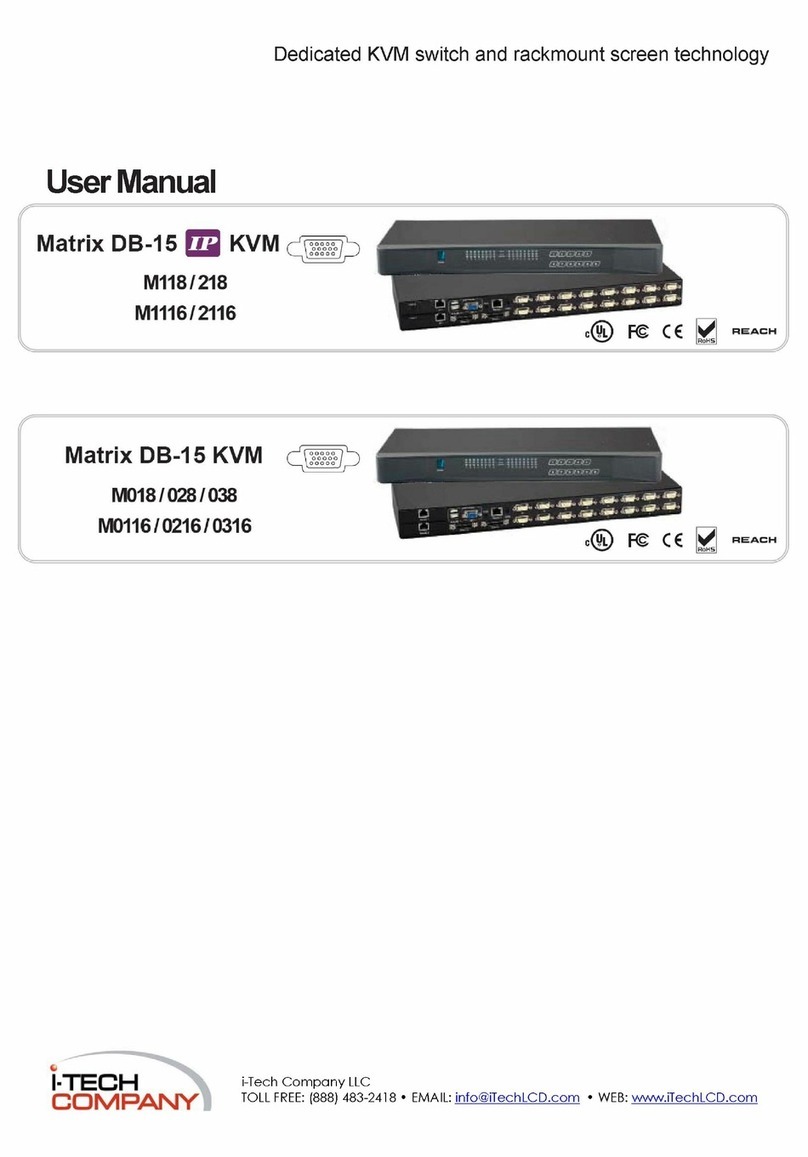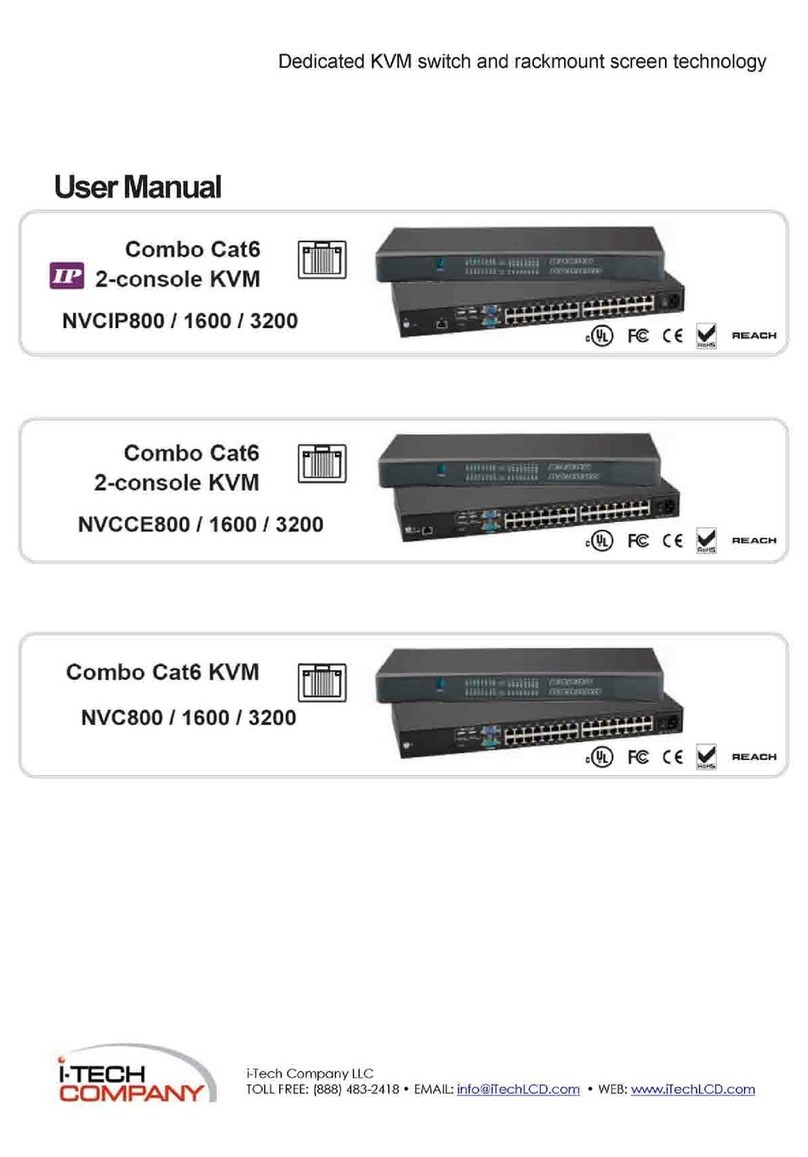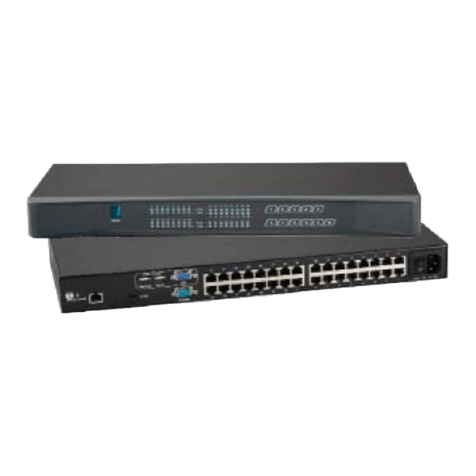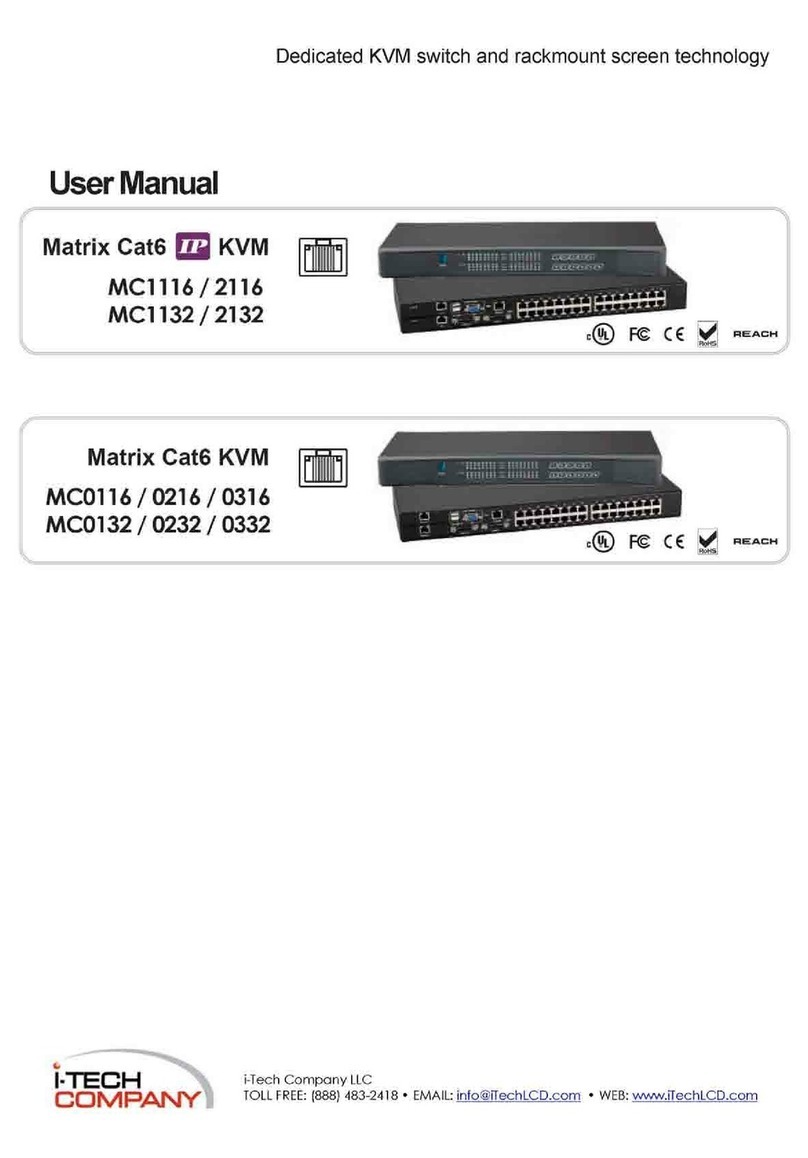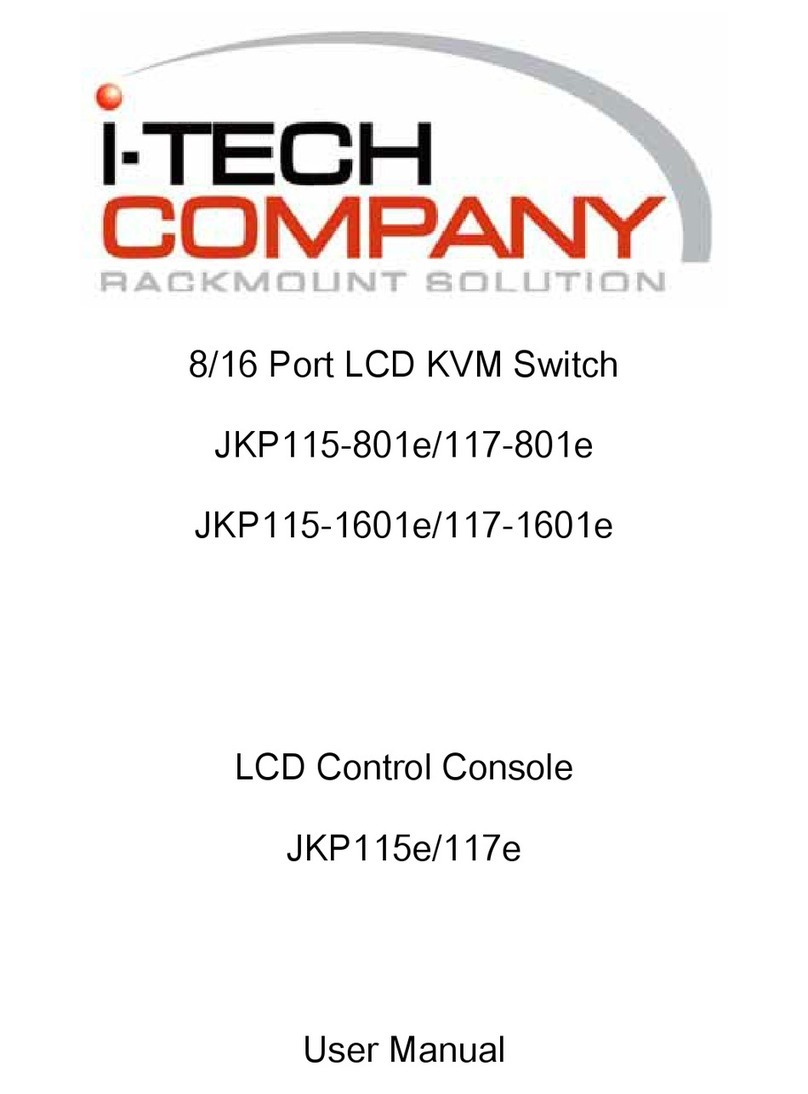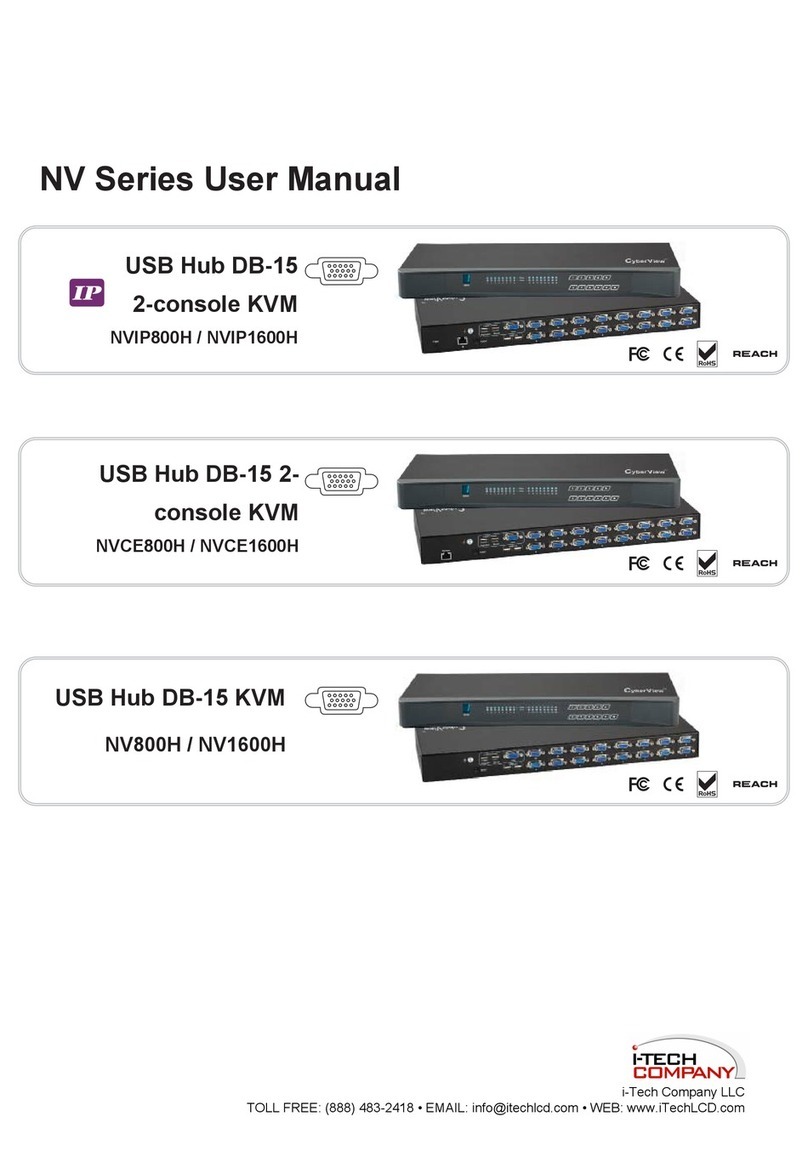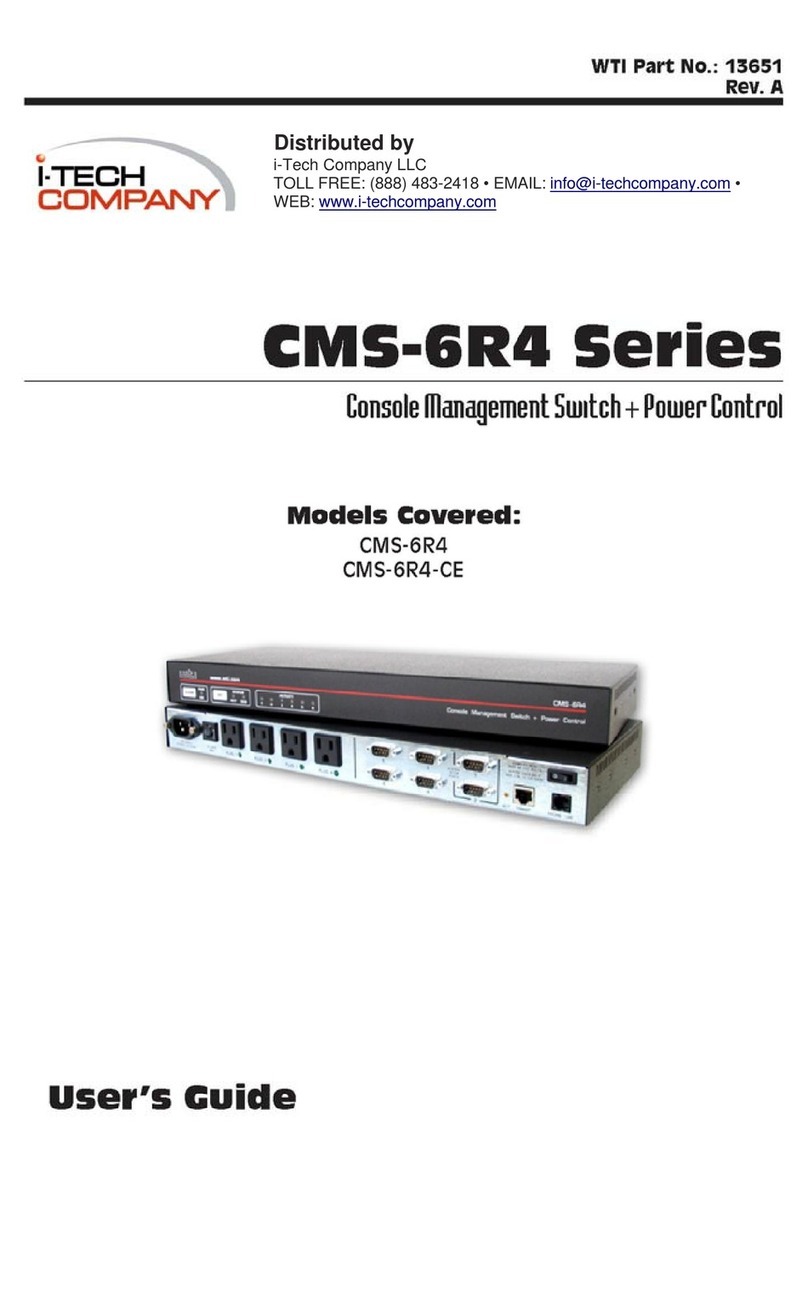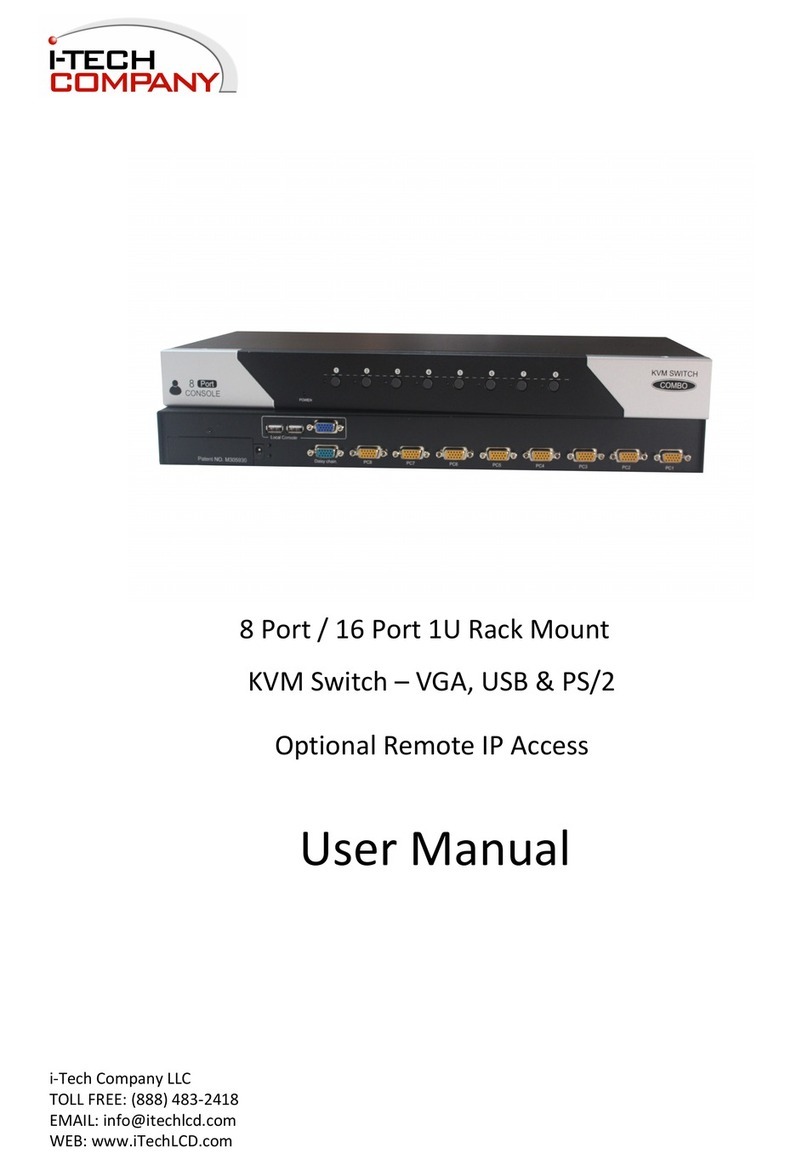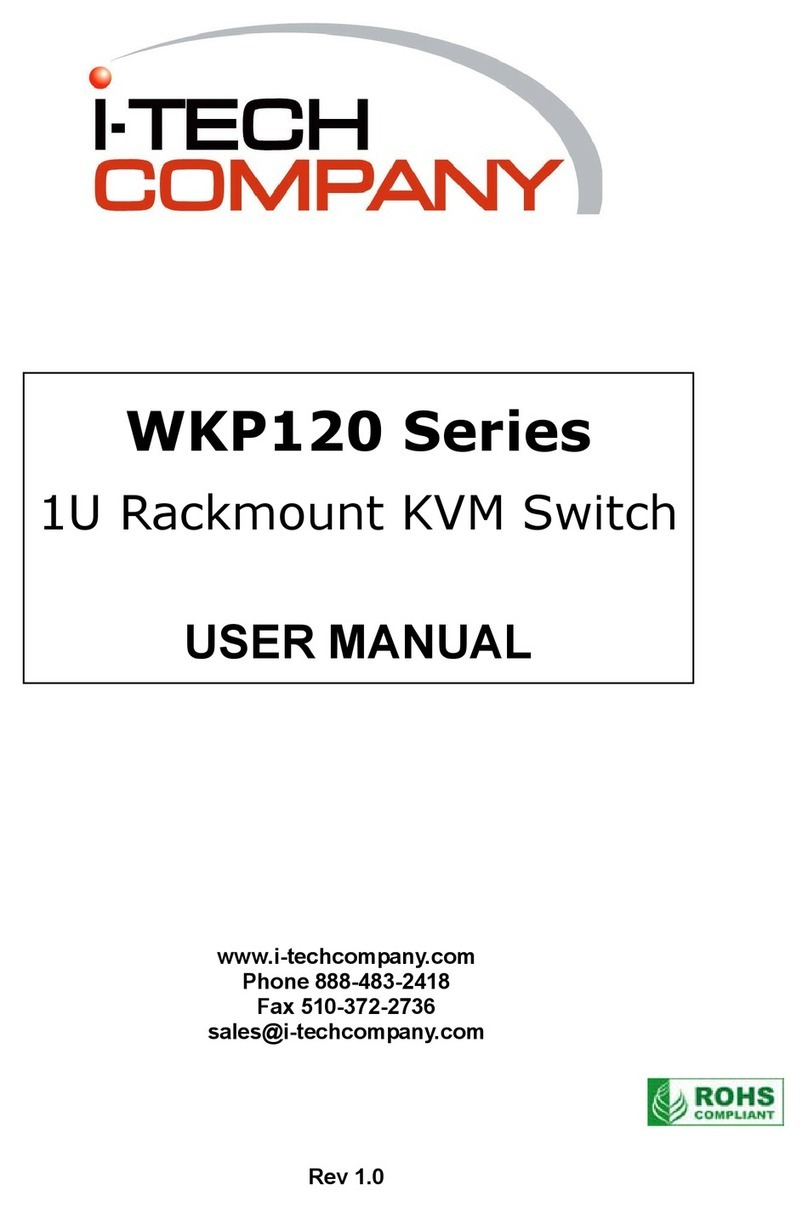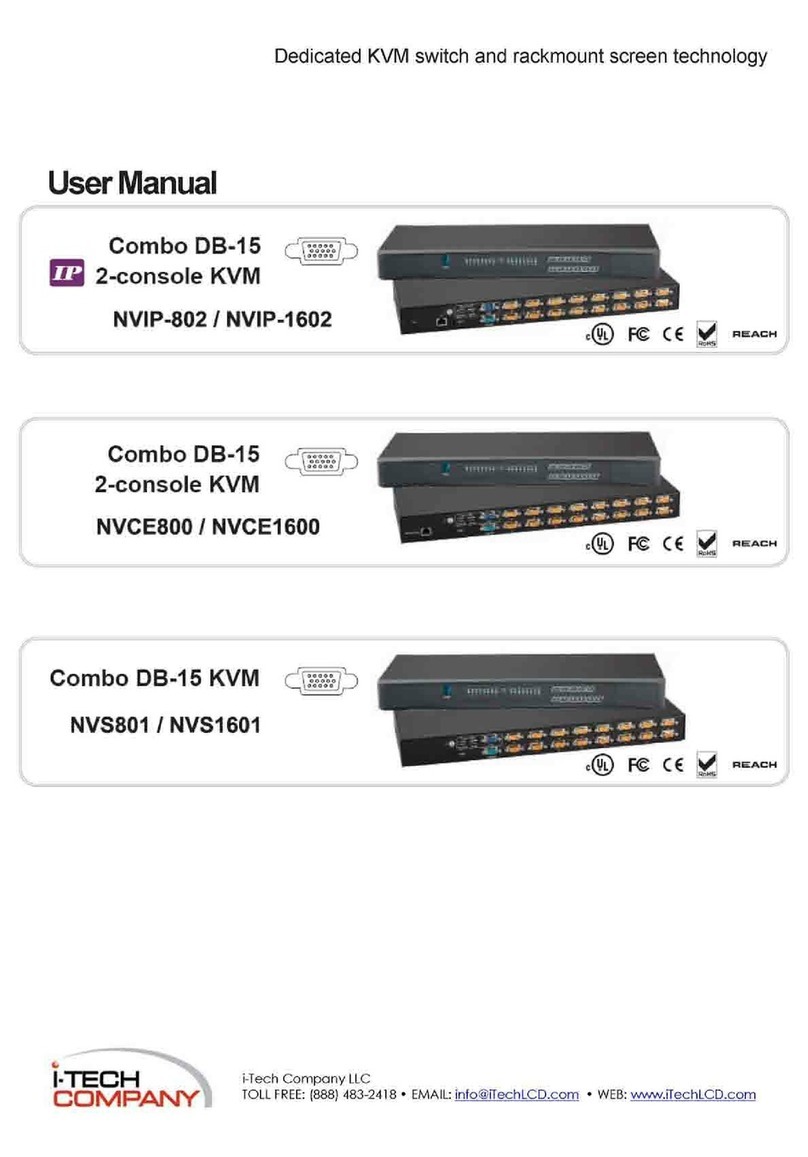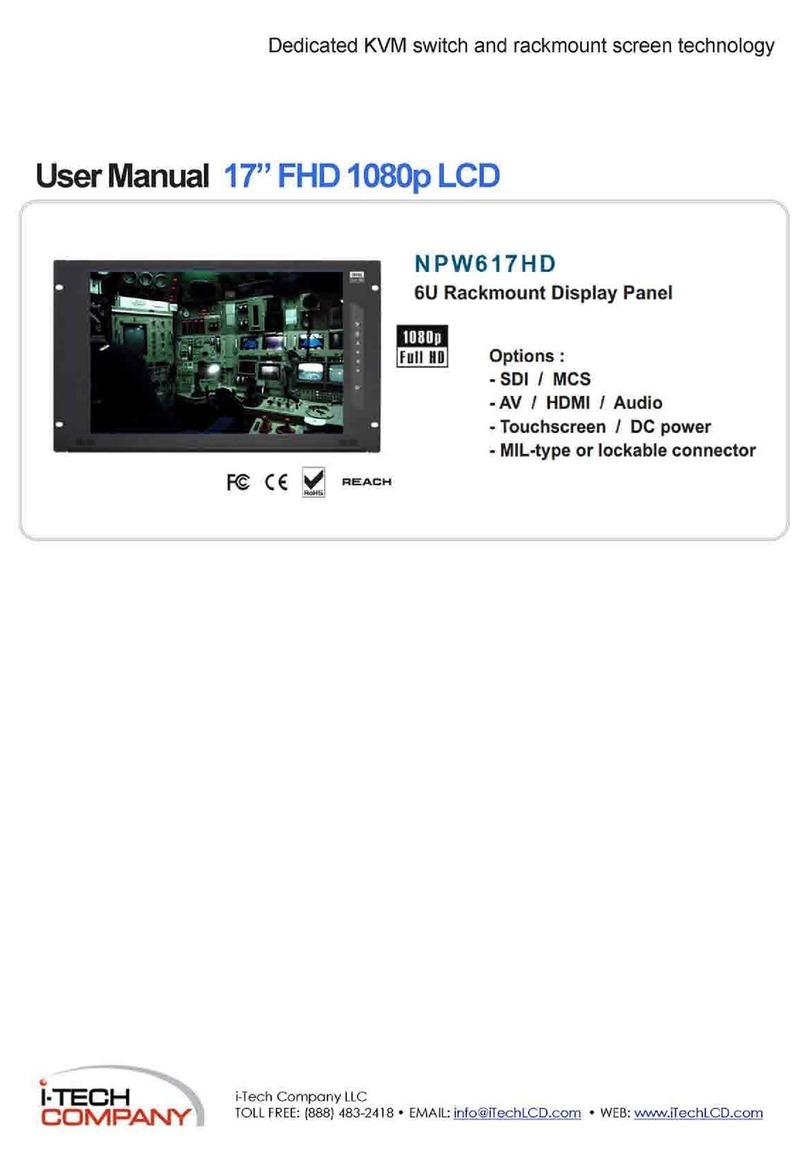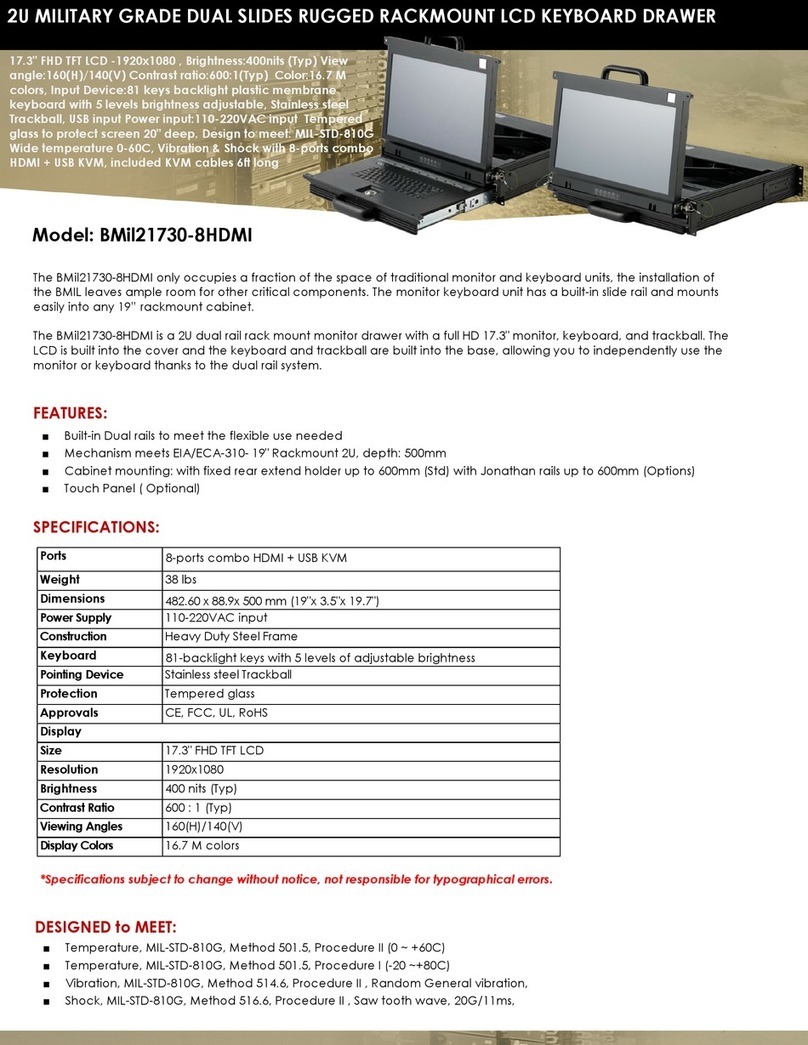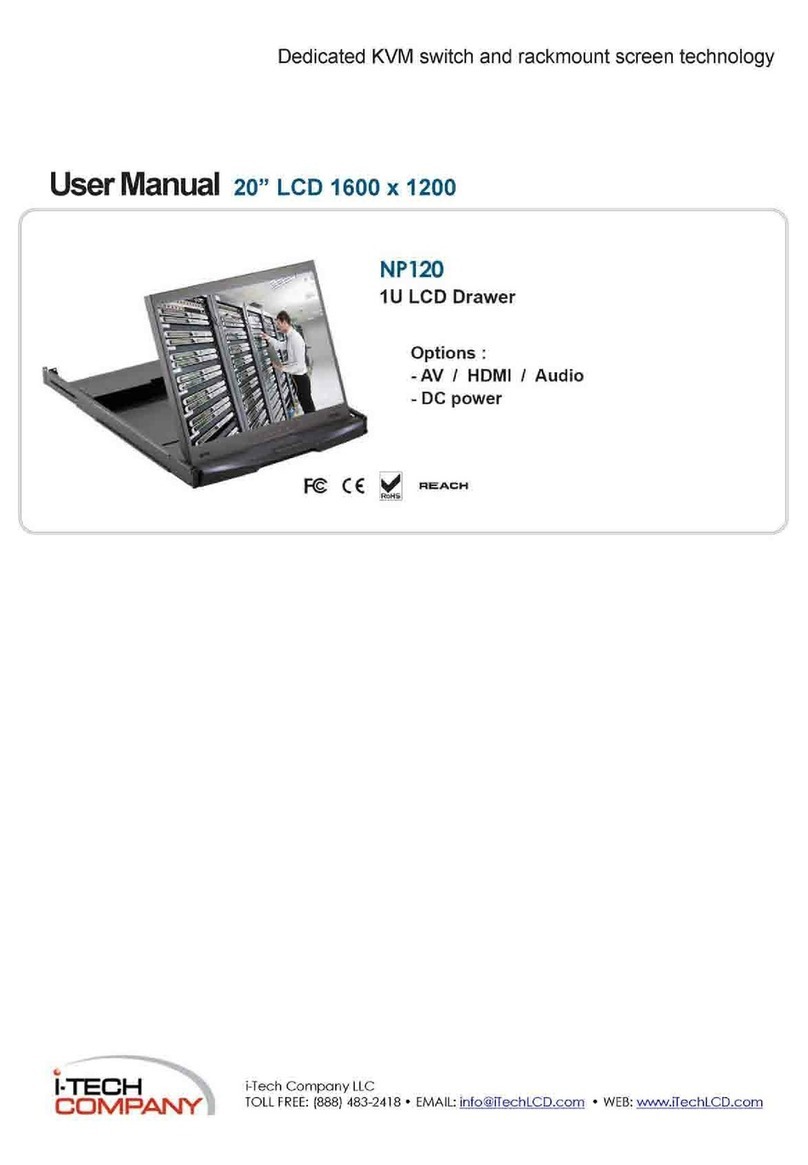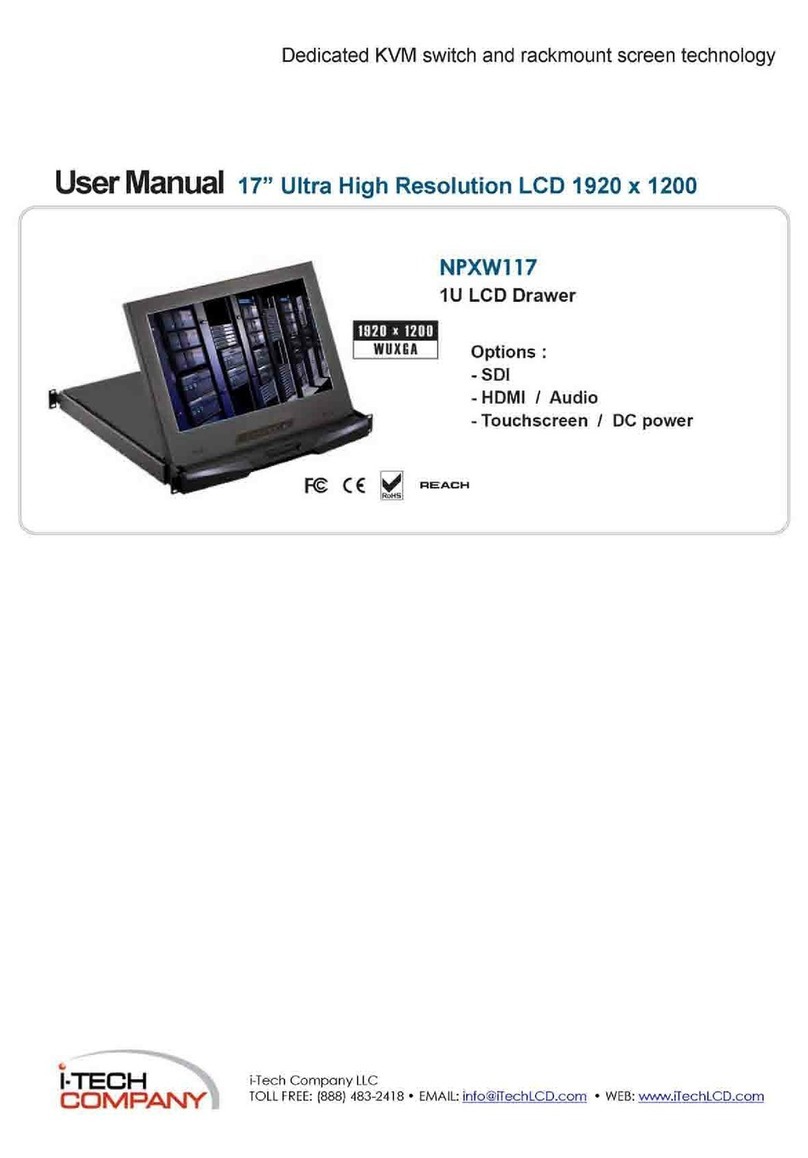
IT-N2100 Programming Guide
Copyright © Itech Electronic Co., Ltd. vi
Content
Quality Certification and Assurance ...........................................................................................................I
Warranty .....................................................................................................................................................I
Limitation of Warranty.................................................................................................................................I
Safety Symbols........................................................................................................................................... I
Safety Precautions .................................................................................................................................... II
Environmental Conditions......................................................................................................................... III
Regulatory Markings.................................................................................................................................III
Waste Electrical and Electronic Equipment (WEEE) Directive.................................................................IV
Compliance Information.............................................................................................................................V
Chapter1 Remote Control..................................................................................................................... 1
1.1 Overview..............................................................................................................................................1
1.2 SCPI Command Introduction...............................................................................................................1
1.3 Command Type of SCPI......................................................................................................................1
1.4 Command Format................................................................................................................................ 3
1.5 Data Type ............................................................................................................................................ 5
1.6 Remote Operation............................................................................................................................... 6
Chapter2 FETCh & MEASure Subsystem........................................................................................... 1
MEASure[:SCALar]:CURRent[:DC]?.........................................................................................................1
FETCh[:SCALar]:CURRent[:DC]?............................................................................................................. 1
MEASure[:SCALar]:VOLTage[:DC]?.......................................................................................................... 1
FETCh[:SCALar]:VOLTage[:DC]?.............................................................................................................. 1
MEASure[:SCALar]:POWer[:DC]?............................................................................................................. 2
FETCh[:SCALar]:POWer[:DC]?................................................................................................................. 2
MEASure:ALL?.......................................................................................................................................... 2
FETCh:ALL?.............................................................................................................................................. 2
FETCh:TIME?............................................................................................................................................3
Chapter3 SOLar Subsystem................................................................................................................. 4
SOLar:Vmax <NRf+>................................................................................................................................. 4
SOLar:USER:VOC <NRf+>....................................................................................................................... 4
SOLar:EDIT:USER:IMP<NRf+>................................................................................................................5
SOLar:USER:VMP <NRf+> ....................................................................................................................... 5
SOLar:USER:ISC <NRf+>.........................................................................................................................6
SOLar:EDIT:SAS:VMP<NRf+>..................................................................................................................6
SOLar:EDIT:CURVe:PMP<NRf+> .............................................................................................................7
SOLar:EDIT:SAS:FORMula<CPD> ...........................................................................................................7
SOLar:EDIT:SAS:MATERial <NR1>............................................................................................................ 8
SOLar:FILTer:LEVel <CPD>........................................................................................................................ 9
SOLar:EDIT:TABLe:VOC <NRf+> .............................................................................................................9
SOLar:EDIT:TABLe:ISC <NRf+> .............................................................................................................10
SOLar:EDIT:TABLe:POINts <NR1>.........................................................................................................10
SOLar:EDIT:TABLe:VOLTage <NR1>,<NRf+>........................................................................................ 11
SOLar:EDIT:TABLe:CURRent <NR1>,<NRf+>....................................................................................... 11
SOLar:EDIT:FIXed:VOLTage <NRf+> .....................................................................................................12
SOLar:EDIT:FIXed:CURRent <NRf+>..................................................................................................... 12
SOLar:EDIT:FIXed:RESistance <NRf+>...................................................................................................13
SOLar:DOWNload................................................................................................................................... 13
SOLar:OUT:MODE <CPD>.......................................................................................................................14
Chapter4 OUTPut Subsystem............................................................................................................15
OUTPut[:STATe][:ALL] <bool>.................................................................................................................15
OUTPut:PROTection:CLEar....................................................................................................................15
OUTPut:DELay[:ON] <NRf+>..................................................................................................................15
OUTPut:DELay:OFF <NRf+>..................................................................................................................16
OUTPut:TIMer[:STATe]............................................................................................................................16
OUTPut:TIMer:DELay .............................................................................................................................17
OUTPut:PROTection:FOLDback[:MODE] <OFF|CC|CV>.......................................................................17
OUTPut:PROTection:FOLDback:DELay <NRf+>....................................................................................18
OUTPut:PONSetup[:STATe] <RST|LAST|LOFF> ...................................................................................18
